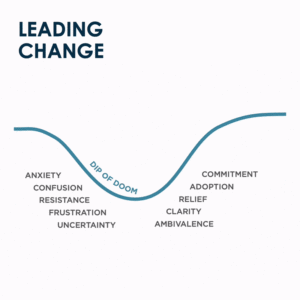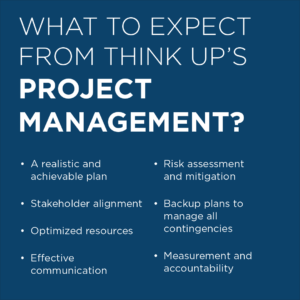Back in March virtual solutions for learning, meetings, and events were embraced as a temporary stop-gap for what would surely be a brief (or at least finite) amount of time. But six months later, virtual is still the norm and will continue to play a role in developing learning strategies, hosting important meetings like planning sessions, and executing business-critical events such as summits and conferences.
For many organizations, the virtual space is new territory. As experts in learning, meetings, and events—both live and virtual—we’ve compiled answers to some common questions from clients about ways to best leverage virtual solutions.
Does virtual mean not as good?
LEARNING
Virtual learning, when designed well, lends itself to a more blended experience where you can combine self-guided study with shorter live sessions to reinforce and activate the content. Taking content that might be taught in a single day of instructor led training and breaking it up into smaller bite-sized pieces over more days allows for learners to absorb the content and put what they’ve learned into practice.
MEETINGS
Virtual meetings can mean more productivity. They require less planning time for logistics and travel, and they have the added benefit of being able to be recorded for others to watch on-demand.
EVENTS
Virtual events have fewer barriers to attendance, such as travel costs and extended time away from work or home. Additionally, recent data indicates virtual attendees demonstrate greater participation in virtual events, viewing more content and visiting more breakout sessions, sponsor materials, and presentations.
Virtual is less expensive than live, right?
LEARNING & MEETINGS
The expense largely depends on the chosen platform. For webinar-like platforms such as Zoom, meetings and learning are somewhat less expensive. While you need usage licenses, you can typically cut costs for food & beverage (F&B) and travel time.
EVENTS
Virtual events are comparable to their live counterparts despite the fact you can cut certain costs for things like venues, travel, and F&B. Here’s the reason: virtual events require more technology and pre-production to execute. You need a platform to host the event, plus much of the same production expertise to manage the show-flow and mix of live feeds, video, audio, and content. Virtual events are also less tolerant of the spontaneity and hiccups that can occur in live settings, which means more preparation and practice is required to ensure programming runs smoothly.
What are best practices for virtual?
- Brevity
Virtual participation requires more energy and focus than in person. Virtual sessions should be at least 15-30 minutes shorter than in person sessions. Additionally, it’s easy for participants to become distracted while attending virtual functions from home. Virtual solutions need to be designed to include ample devices like videos, polls, chat, activities, gamification, etc. to keep people engaged in the content. - Community
In person functions are usually a valuable opportunity for attendees to catch up with colleagues or network, so building virtual space for “face-to-face” time is important. There are many fun and creative ways to get people together, such as chat rooms based on shared interests, virtual board games, scavenger hunts, dance parties, and group workouts. - Immersive Experiences
It’s almost impossible to replicate the sights, sounds, smell, touches, and tastes of a live event through a laptop, but the experience is critical. Organizations are finding creative workarounds by including entertainment such as musicians, comedians, and magicians, and sending attendees experience kits with swag bags or a small bottle of champagne they can pop during an awards ceremony. The only limit is an organizer’s creativity (and maybe budget).
Are there constraints and challenges to virtual solutions? Absolutely. But there are also incredible opportunities to reshape and redefine how we leverage virtual solutions to conduct learning and host meetings and events. It would be a mistake to dismiss virtual as a temporary solution when certain aspects may reveal surprising benefits for attendees and organizations for the long-term. In the meantime, we encourage organizations to keep the attendee experience top of mind and be willing to experiment.



